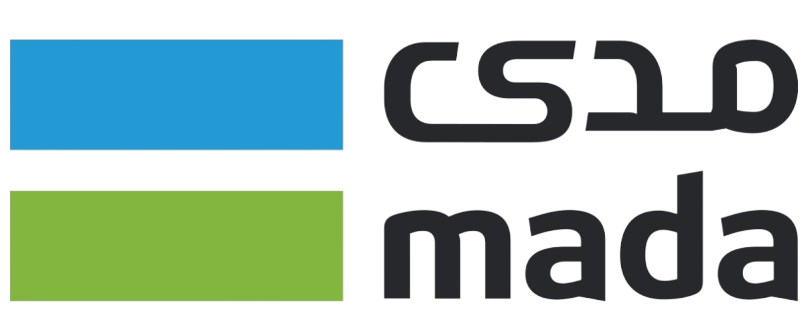Enriched Air Nitrox
Description:
t’s your ambition to enjoy longer no-decompression limits with enriched air. It’s your drive to minimize the potential risk of decompression sickness. The SSI Enriched Air Nitrox program enables you to plan your future dives to either increase bottom time or increase safety.
After the course you will have learnt how to choose the proper blend of Nitrox for your dive profile, determine maximum depth limits for your Nitrox mixture, analyze your breathing mixture, and plan and safely execute each dive.
You will familiarize with the physiology of oxygen and nitrogen, the advantages, disadvantages, and risks of nitrox, the aspects of oxygen toxicity, hazards and precautions of handling oxygen.
We teach you cylinder labeling, analyzing nitrox mixtures, and gas blending procedures.
The use of enriched air nitrox is booming. And rightfully so. When applied in an appropriate manner, nitrox increases your bottom time when compared to normal air. Enriched air reduces the introduction of nitrogen to your system, hence allowing you longer multiple dives.
You have to realise there is a rock bottom limit to nitox mixture. I you go below, it might result in oxygen toxicity, even with the slightest error margins. To help you improve knowledge of this arena of diving, SSI offers a comprehensive recreational nitrox certification specialty course.
SSI Enriched Air Nitrox. The Training Sessions.
SSI Enriched Air Nitrox contains:
- Introduction to Nitrox
- Nitrox, Your Body and the Underwater World
- Your Total Diving System and Nitrox
- Planning Your Nitrox Dives
SSI Enriched Air Nitrox. Learning Method.
The SSI Enriched Air Nitrox program will teach you how to safely plan and dive with enriched air mixtures of up to 40% oxygen. Diving with enriched air can increase your no-decompression limits, increase your safety, and reduce the required length of your surface intervals when compared to air. You will earn the SSI Enriched Air Nitrox 32% or 40% certification after completing this program. Using nitrox requires special training, preparation and pre-dive planning.
The first element of the SSI course is the manual. The easy to read text covers each component step by step and reinforces each lesson with review questions at the end of each chapter.
The first chapter gives an overview of nitrox, its misperceptions, its benefits and its limitations. Chapter two is a tutorial about the physics and physiology of diving on nitrox, including depth limitations, oxygen toxicity and the concept of partial pressure of oxygen as the determining factor of nitrox depth and time limitations.
Chapter is a summary of equipment considerations for diving with enriched air. This includes cylinder markings and the need to analyze every tank of nitrox before you dive with it. Unlike regular airfills, nitrox mixtures vary, requiring divers to personally check the oxygen content of each and every tank.
Chapter four covers the real skill of nitrox diving: use of these special nitrox tables in preparation for the dive.
Prerequisite
• Minimum age: 12 years old.
• Complete SSI medical questionnaire before starting the course.
• Amount of Academic Sessions: Variable
• React Right is open to divers and non-divers
Join Now
1,000.00 SAR
SHARE THIS ADVENTURE
Course Details
Location
- Jeddah
Duration
- 1 Days
Group Size
- 2 Persons
Includes
- Digital Kit
- Pool training sessions
- 2 Open Water Dives
The Adventure
All Start Here
Day 1
Day 3
Day 2
Day 4
FAQ
Is scuba diving safe?
Is scuba diving hard?
Diving programs have been designed in a way that teaches you all you need to know within just a few days, and in a way that is easy to remember. There is always more to learn about scuba diving, but getting the basics is fairly easy, and lots of fun!
Once you have practiced using the equipment and learned to control your buoyancy etc., you will find that scuba diving becomes second nature and does not require too much thought.
What is a scuba certification?
A certification is achieved after you pass all of the requirements during your scuba diving program. The best way to learn to scuba dive is to earn your Open Water Diver certification, which will certify you to dive safely to a maximum of 18 meters (60 feet) deep.
Once you have this certification, you can flash it at any dive center around the world and start exploring the incredible underwater world. But getting your Open Water Diver certification is just the start of the adventure! There are many advanced diver programs you can join that will certify you to dive deeper, go shipwreck diving, try night diving , and more.
Will my scuba certification expire?
Once you are certified you are certified for life! However, if you have a period where you do not scuba dive for a while, you will need to take a scuba skills update with a dive professional who can assess your diving skills and ensure you are still comfortable in the water.
How deep can you scuba dive?
The maximum depth for recreational diving is 40 meters (130 feet). Technical divers can dive deeper, but this requires in-depth training and breathing a different mix of gasses.










